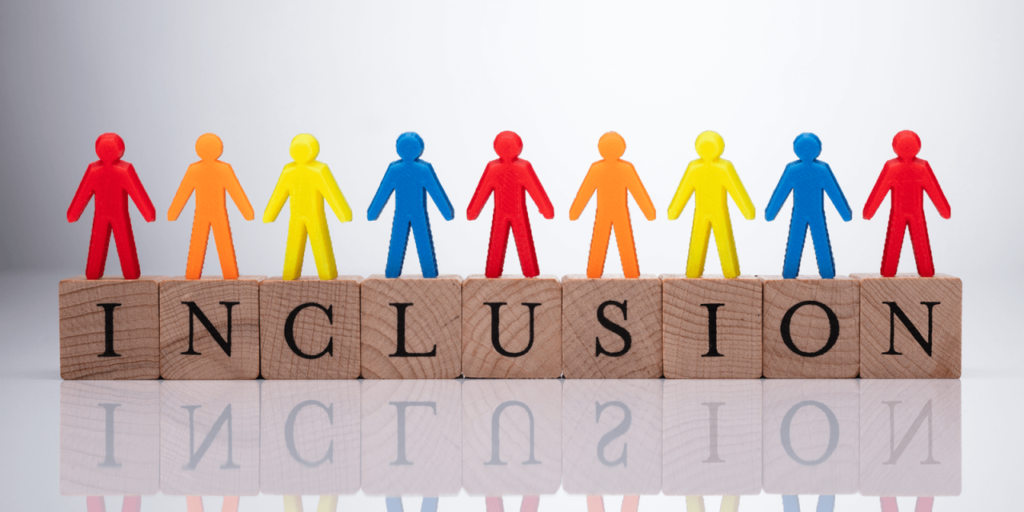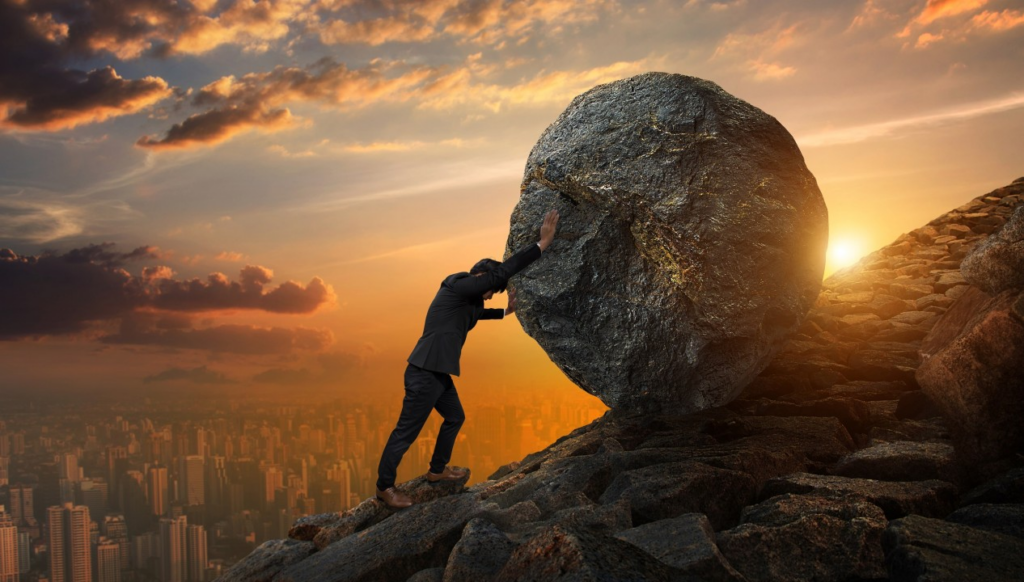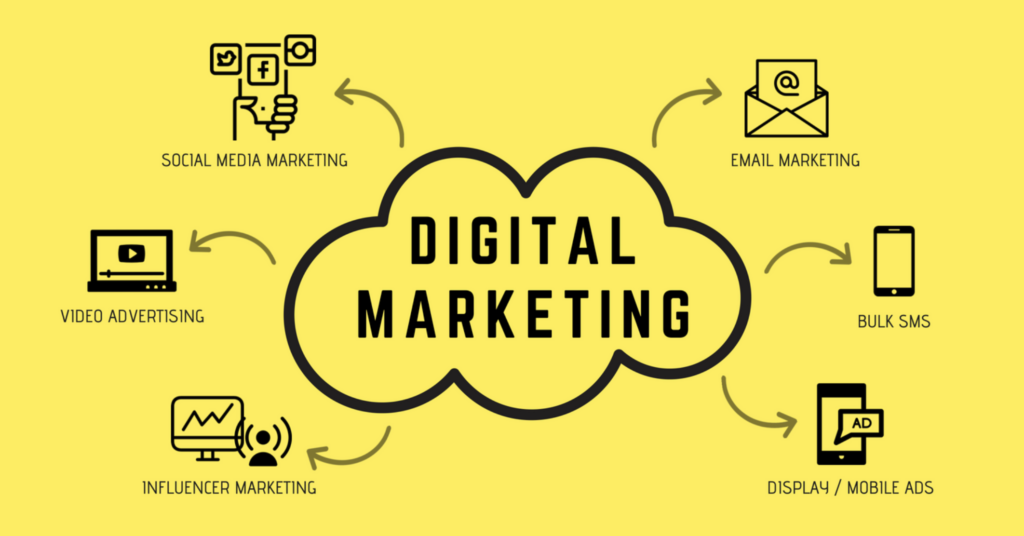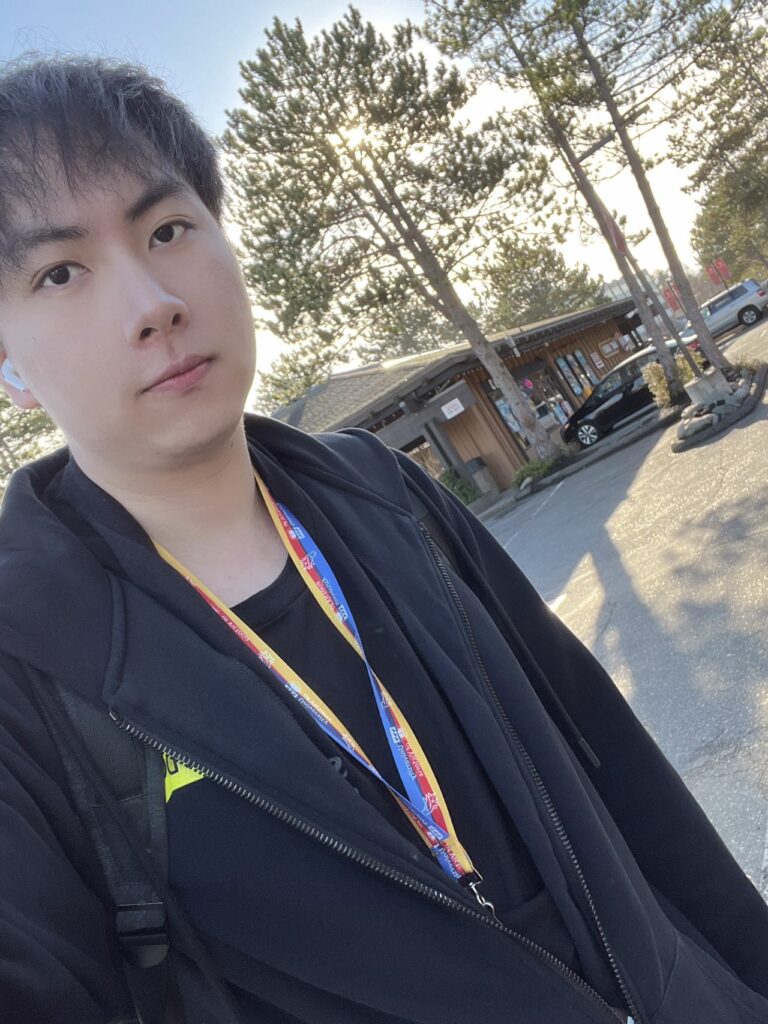Using Your PLN for Growth:
I find Little Red Book could aslo be used as an excellent reading communication community,not only just focused on sharing goods and beauty. Last year, I decided to open a reading note account on Little Red Book to record and share my reading experience with other people that share the same interet as me.
Sharing my own reading notes on Little Red Book not only allowed me to record my feelings and feebacks while doing the reading, but also helped me to improve my writing and content creation skills. What’s more important, Little Red Book shocked me about the power of reading and the warmth of this interesting community. By interacting with those, I not only enriched my reading list, but also made lots of like-minded friends.

Engaging with Your Community:
The reason that the platform is engaging is that in order to enrich the content, most blogger will photograph the book covers and with attractive pages in the book, and used catchy words on the cover to describe the main content of the book they are sharing and what this book covers.

Building a Supportive PLN:
As the content was published on the platform, I received lots of comments and private messages from the some peer readers. Most of them shared their opinions and experiences that has connections with the books I share, and some even recommended great books that are similar and I haven’t read yet.
I also set up different group chats for different book readers, in which those who are interested in the same kind can share their experiences and feelings. For what they don’t understand is also convenient for everyone to communicate in time. I will use tags when doing the post to atttract people that share with similar professional interests and goals?

Expanding Your PLN:
I wish to become an influential book blogger on Little Red Book that could promote reading culture more actively, and finally can achieve brand cooperation with revenue growth one day. First year plan: Constructing the foundation by building a solid content base page. Sharing reading notes for at least 4 books per month, covering different genres and topics to make sure the radiation population. Frequently participating in Little Red Book’sreading challenges and to increase the notes exposure. Enhancing photography skill, video editing and writing to make sure the content creation is fascinating. In the 2nd year, I can expand my influence, basically is increasing the number of fans, enlarging the influence of the account. Year 3, I could focus more on personal brand cooperation and commercialization by establish partnerships with some famous publishers, libraries to promote new books and cultural events.











